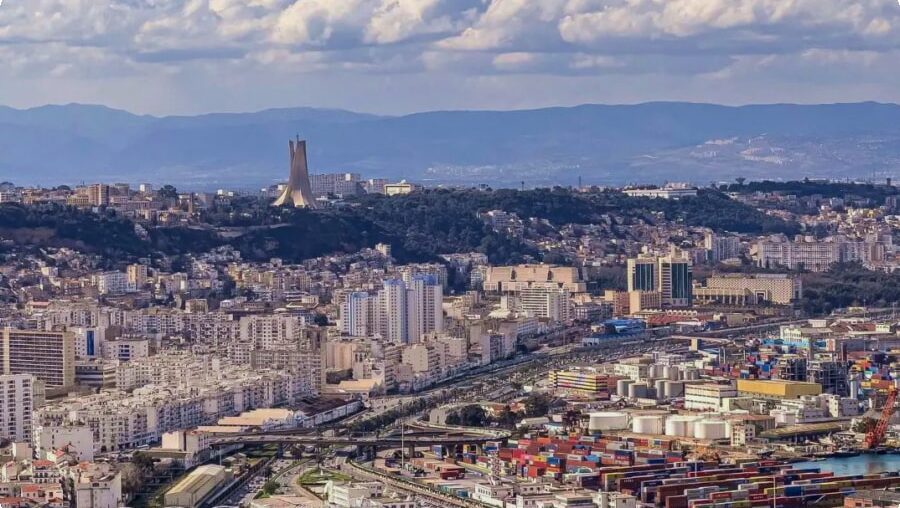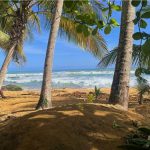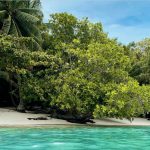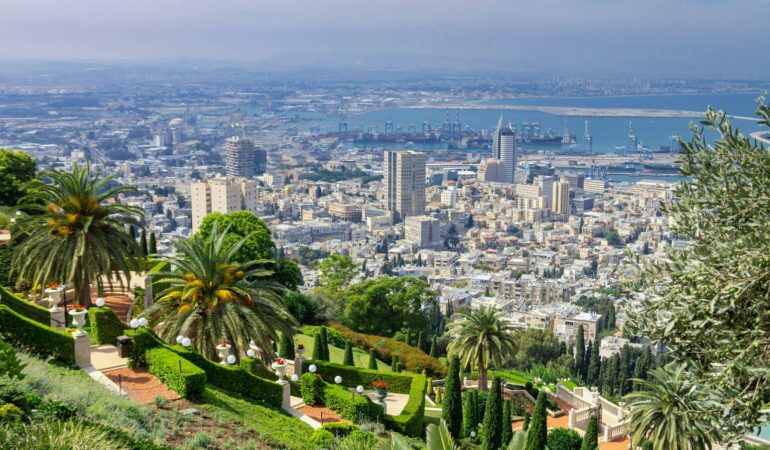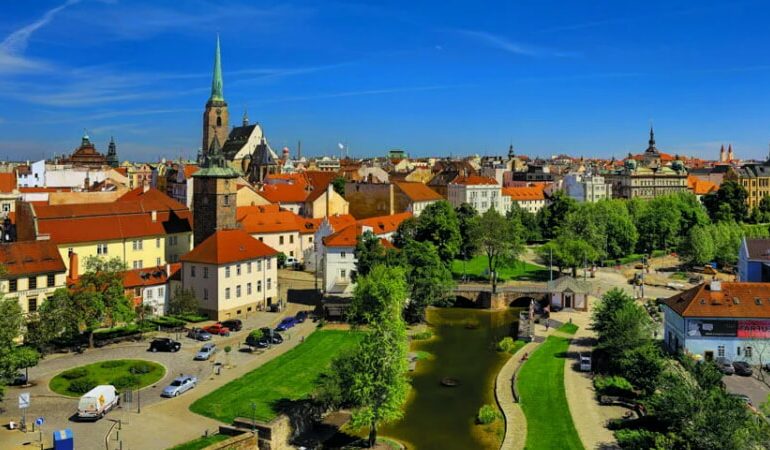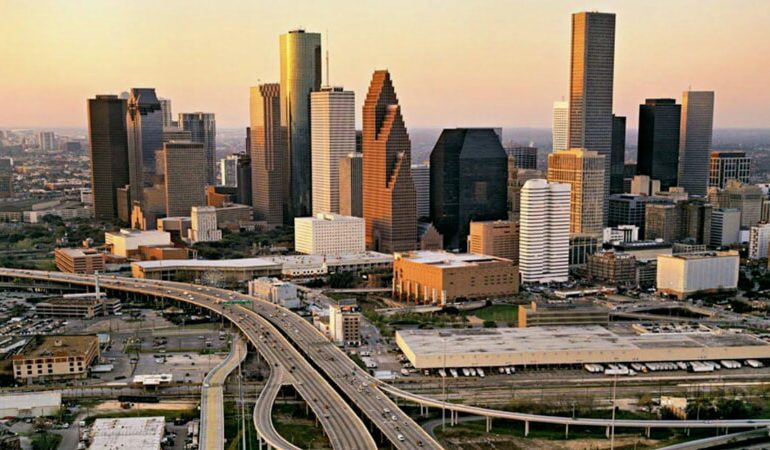Algeria is a country located in Northern Africa, sharing borders with Tunisia, Morocco and Libya. It has a population of about 40 million people and it’s the biggest country in Africa. We can also tell you that Algeria is a country famous for its stunning beaches and comfortable hotels for any budget.
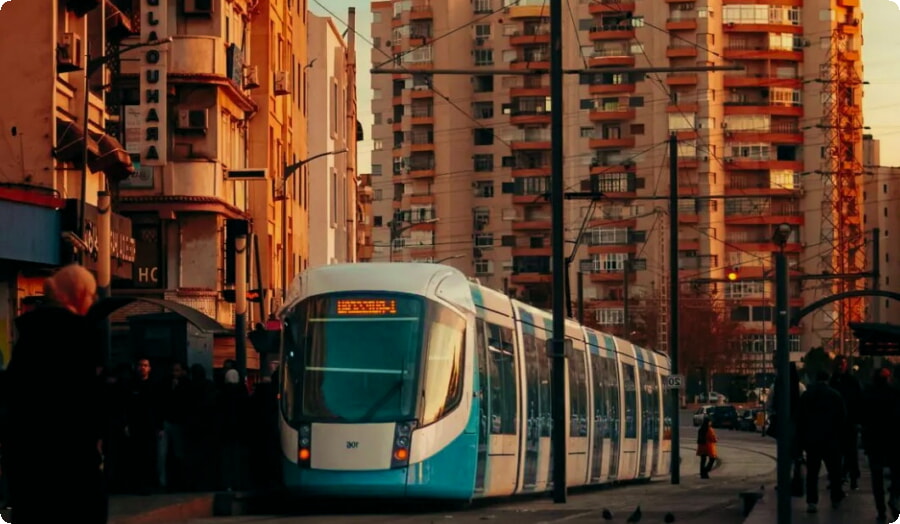
Tlemcen
Tlemcen is a city in northwest Algeria, located near the Moroccan border. It was an important city during the Almoravid dynasty and has a rich religious history; many mosques have been built there since then. Tlemcen’s most famous landmark is its Great Mosque, which was built by Sultan Yusuf ibn Tashfin in 1082 and restored by Sultan Moulay Ismail in 1670. The mosque houses three mausoleums: those of Sidi Yahia Ben Ali Ben Ahmed Ben Youssef Ben Omar (who died in 1239), Sidi El Houari Boussalah (who died in 1320) and Sidi Yahia Boussalah (who died around 1550).
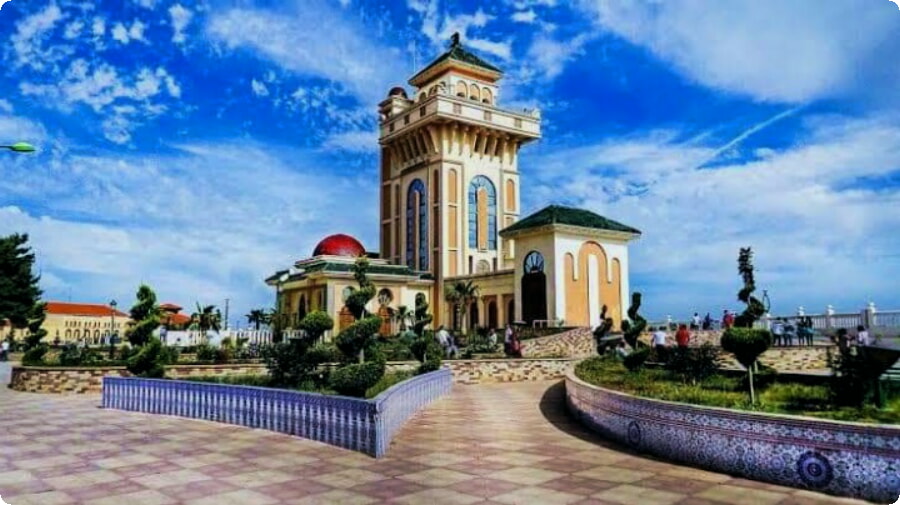
Grand Mosque of Algiers
The Grand Mosque of Algiers is a mosque in Algiers, Algeria. It is the largest mosque in Algeria and is the second largest mosque in Africa after the Great Mosque of Mecca. The mosque was built by Emir Abdelkader between 1830 and 1857, when he proclaimed an independent state centered on Mascara; it was finished by his son Abd al-Qadir after his father’s death. It was destroyed during French colonization but rebuilt after independence; some elements were added from earlier buildings on this site dating back to at least 1553.
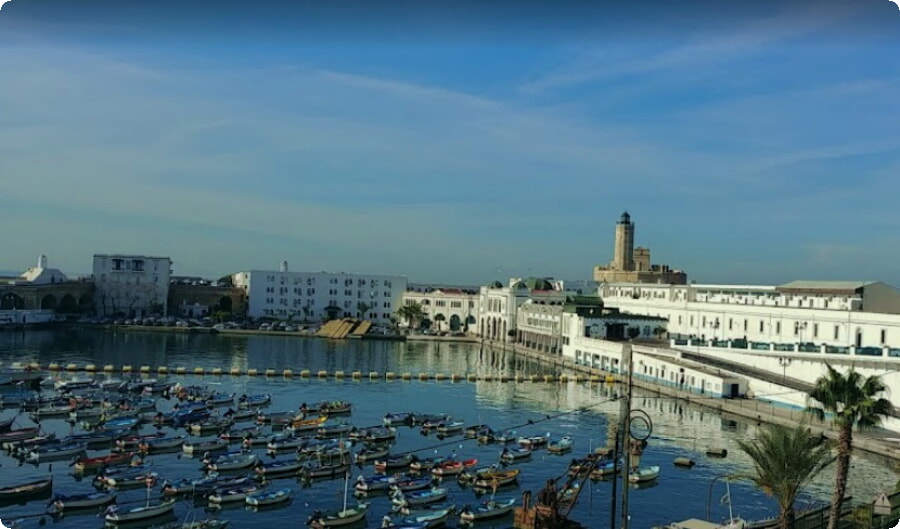
Algiers Airport
Algiers International Airport is the main airport serving Algiers, Algeria. It is located in Maïssas, 18 km (11 mi) west of the city center. The airport was once called Dar el Beida (House of Plane Trees), which was named after an old farmhouse that stood at its location during French rule over Algeria.
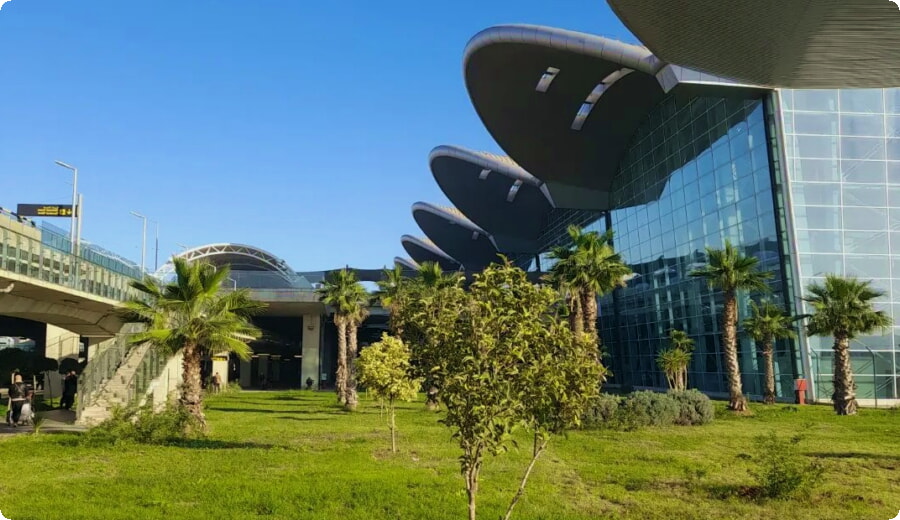
The airport was first built by the French military in 1931 as an alternative to their existing airfield at Bir Mourad Rais which they found too small and difficult to expand due to its location within residential areas. This site had been chosen because of its proximity to Algiers harbor. However this also meant it exposed aircraft using it during takeoff or landing operations to winds blowing off the Mediterranean Sea onto land surfaces below them rather than into open skies above them like most modern airports do today. Hence why many planes crashed here throughout history.
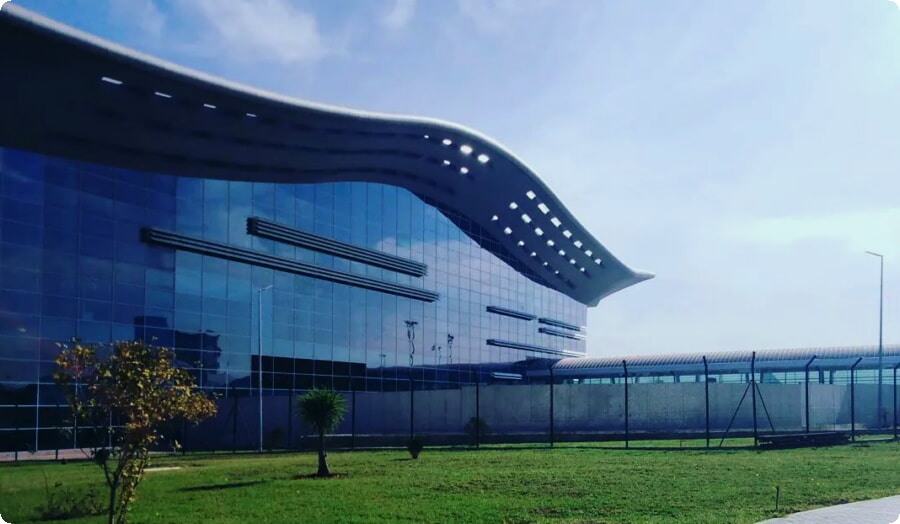
Djemila
The ruins of Djemila are the largest Roman ruins in Algeria and one of the most important archaeological sites in North Africa. The ancient city was built on a hilltop and abandoned during the civil war between 1992 and 2002, when it was occupied by rebel forces.
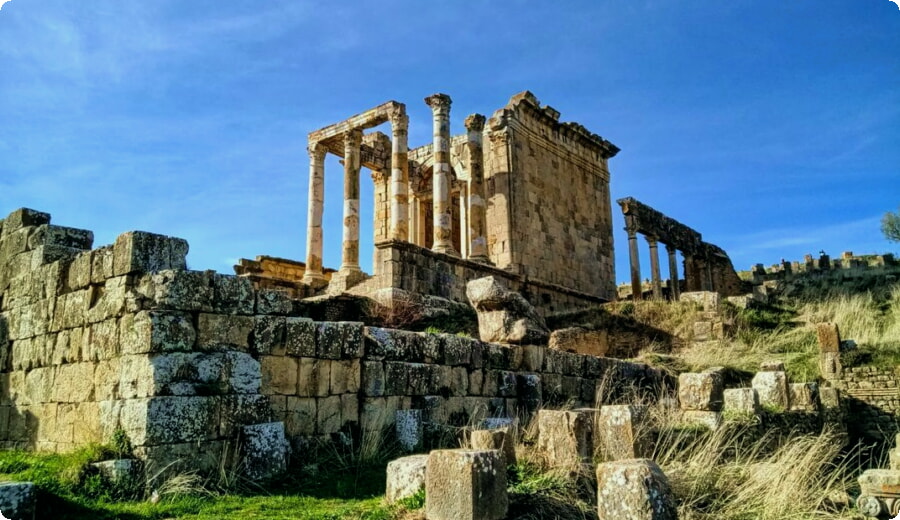
It was not until 2004 that archaeologists were able to return to work at Djemila; since then they have uncovered many artifacts from both Roman times as well as earlier periods of occupation. In 2010 UNESCO placed Djemila on its List of World Heritage Sites because of its historical significance as well as its potential for future tourism development.
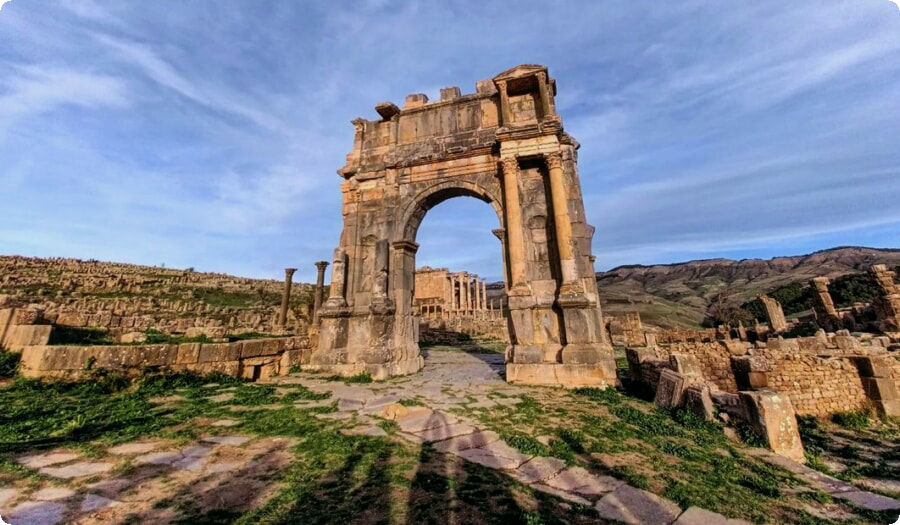
Ghoufi Canyon
Ghoufi Canyon is located in Algeria, about 100 km from the city of Tizi Ouzou. It’s one of the most beautiful canyons in the world and a must-see for every traveler visiting Algeria. The best way to get there is by car or bus; however if you don’t have your own vehicle, taxis are available at all times of day (but remember that they’re not cheap). The road leading up to the canyon is paved with cobblestones so be careful when driving through it!
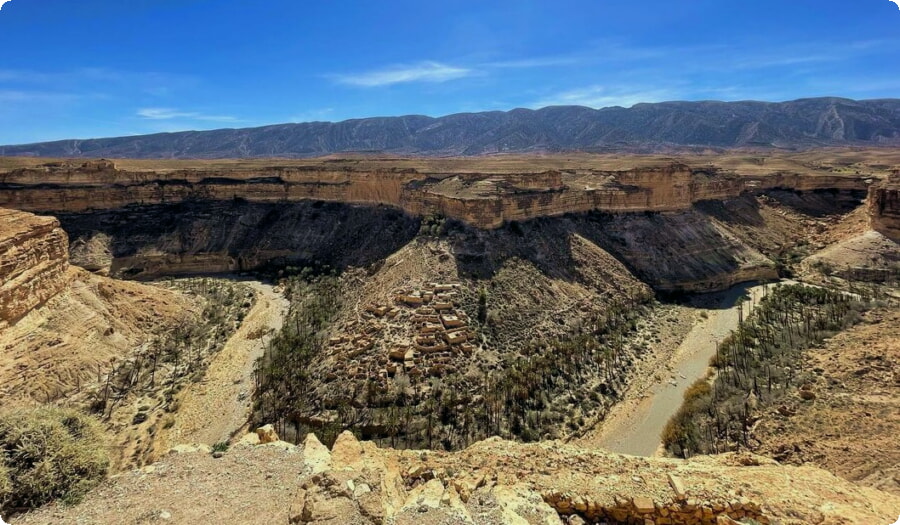
There are many things to do once at Ghoufi Canyon: hiking trails lead around different parts of this natural wonderland while camel rides allow visitors an opportunity to explore further without having to walk too far on their own two feet. The views from above are simply breathtaking–you’ll want your camera ready!
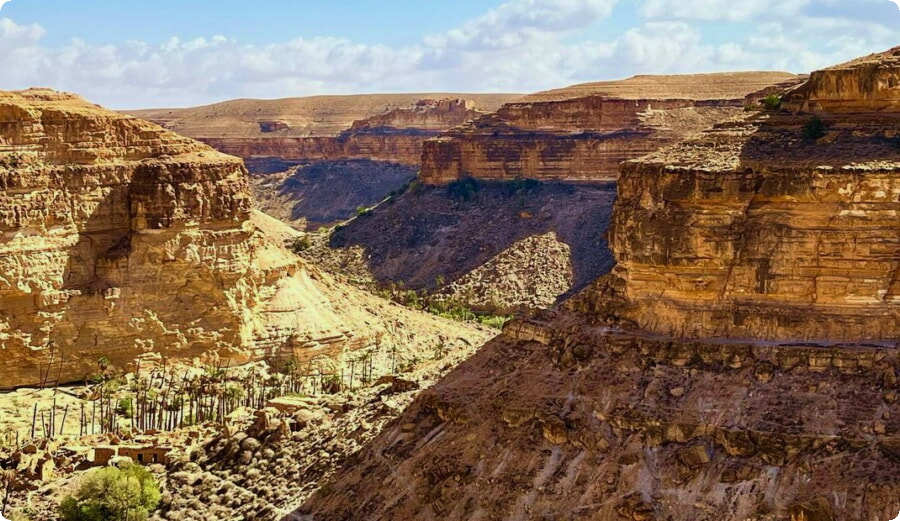
Tipasa ruins
Tipasa ruins are a Roman city in Algeria. Tipasa was a major Christian center in Northern Africa, with an important port city and center of learning. It was also an important center of art, culture, and trade during its time as an ancient settlement.
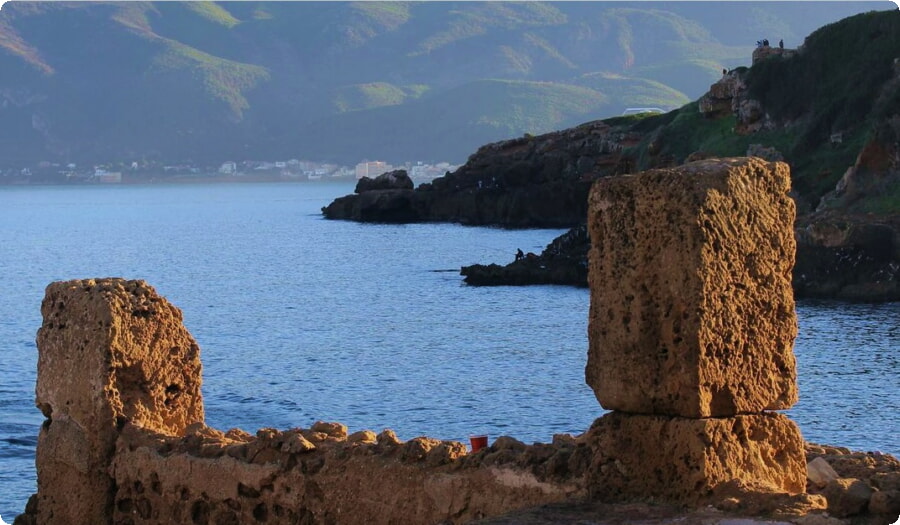
Saharan city of Timimoun
Timimoun is a city in Algeria. It’s located in the Sahara Desert and known for its salt mines, which have been exploited since ancient times. The city also has an oasis that provides water to its residents. Timimoun has a population of about 70,000 people, who live in small houses made of clay bricks or adobe with flat roofs built over them to prevent rain from entering their homes during storms.
Djurdjura National Park
Djurdjura National Park is located in the Djurdjura Range, a part of the Tell Atlas Mountains. The park is home to many plants and animals including:
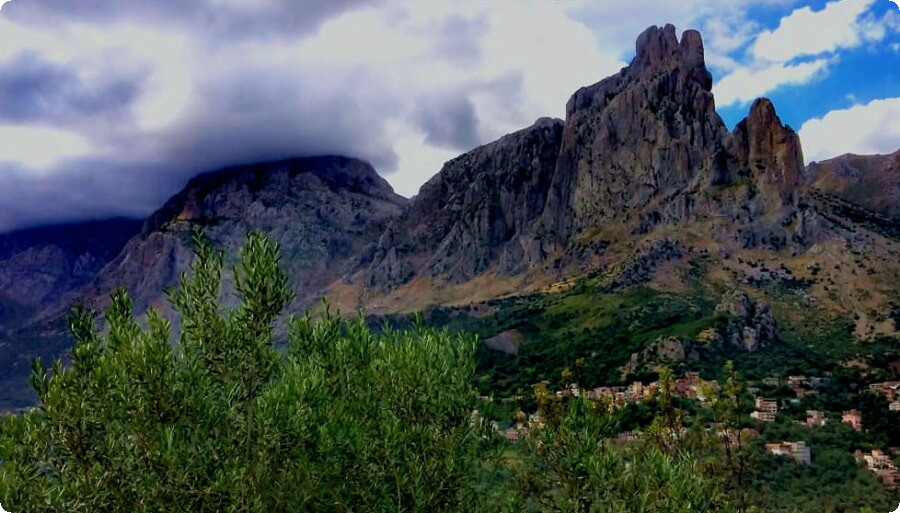
- The Barbary lion, which was extinct in Algeria but reintroduced into Djurdjura in 1989 and classified as critically endangered by IUCN Red List since 1996.
- The Barbary macaque, also known as the North African macaque (Macaca sylvanus), native to Morocco and Algeria and classified as vulnerable by IUCN Red List since 1996.
- The Egyptian vulture or white scavenger vulture (Neophron percnopterus), listed as endangered by BirdLife International because its population has declined by over 30% within 10 years due to poisoning from sheep carcasses containing diclofenac residues left behind after surgery on livestock.
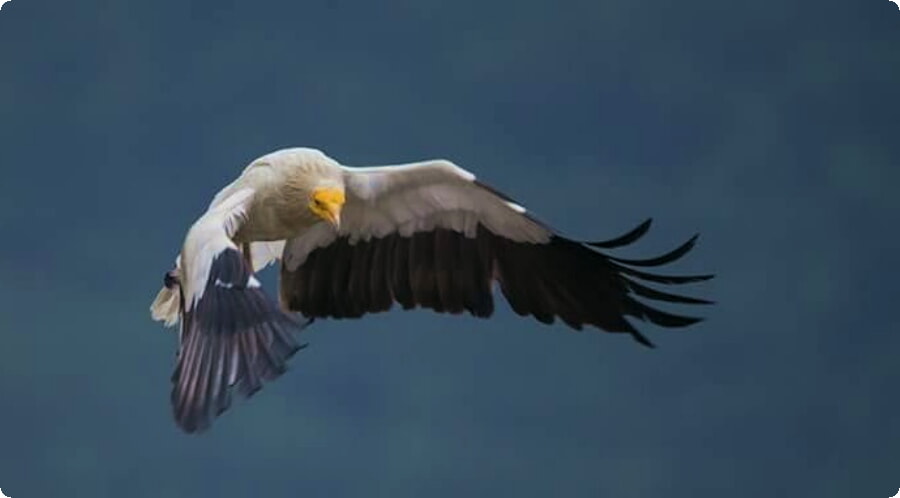
El Oued River Valley
The El Oued River Valley is a valley in Algeria. The river is the largest river in Algeria and a tributary of the Wadi Mzab, which flows from west to east into Tunisia. The valley lies between two mountain ranges: Ahaggar Mountains to the west and Tell Atlas Mountains to the east.
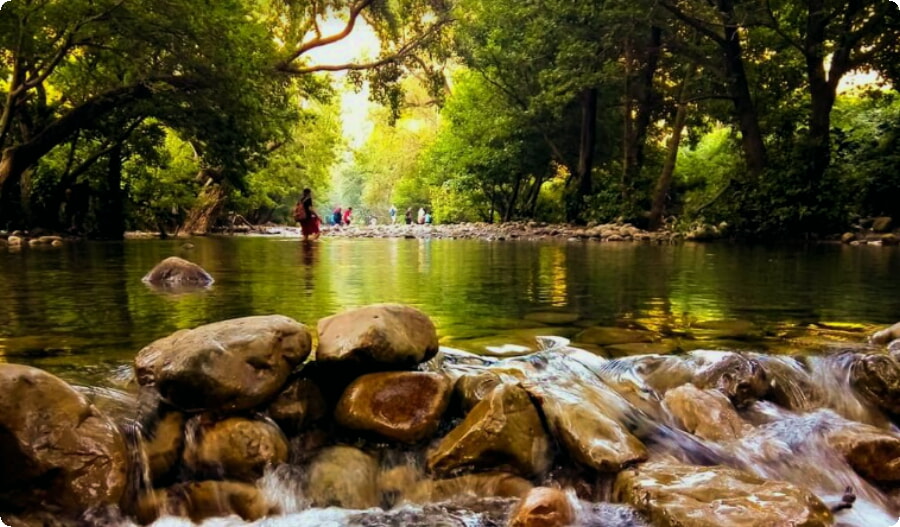
There are many beautiful places to visit in Algeria. The country has a rich history and culture that is worth exploring. From ancient ruins to modern cities, there is something for everyone to enjoy when visiting this beautiful country.

